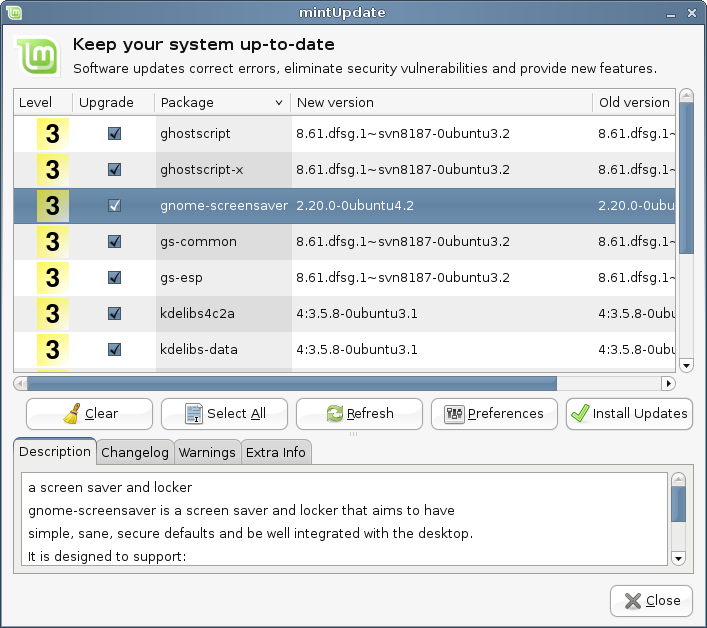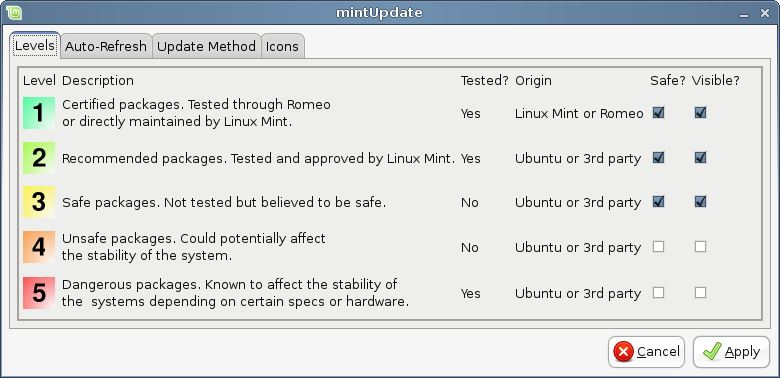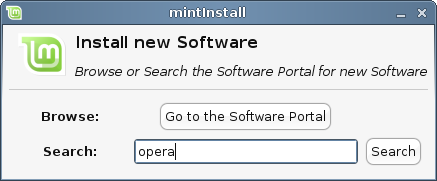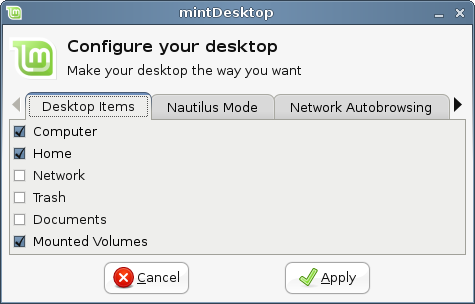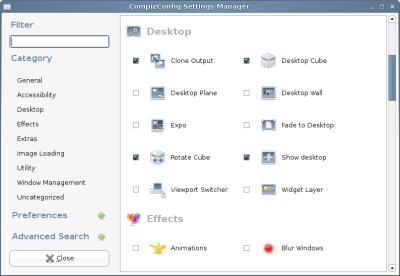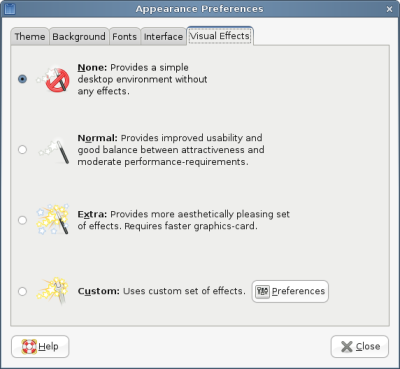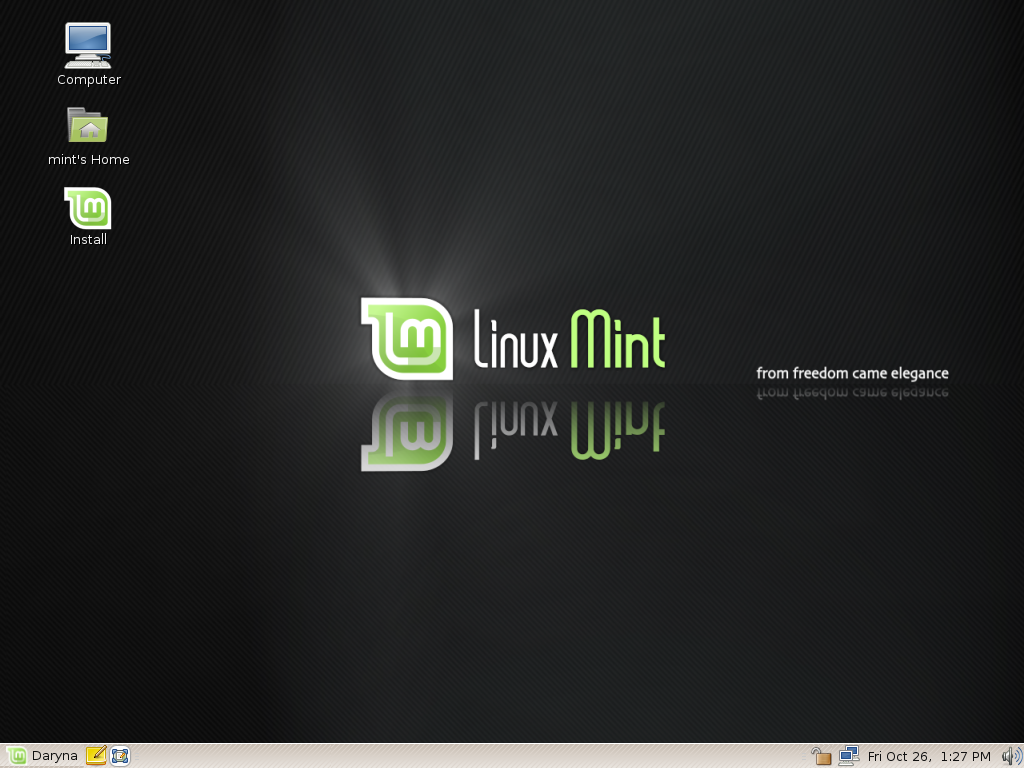 The Eye of GNOME image viewer is the official image viewer for the GNOME Desktop environment. With it, you can view single image files, as well as large image collections.
The Eye of GNOME image viewer is the official image viewer for the GNOME Desktop environment. With it, you can view single image files, as well as large image collections.
The Eye of GNOME supports a variety of image file formats. The GdkPixbuf library determines which file formats Eye of GNOME can load and save. If the appropriate plugins are installed on your system, Image Viewer will be able to open more image formats than those listed below. The following list is the default supported file formats for reading:ANI - Animation
BMP - Windows Bitmap
GIF - Graphics Interchange Format
ICO - Windows Icon
JPEG - Joint Photographic Experts Group
PCX - PC Paintbrush
PNG - Portable Network Graphics
PNM - Portable Anymap from the PPM Toolkit
RAS - Sun Raster
SVG - Scalable Vector Graphics
TGA - Targa
TIFF - Tagged Image File Format
WBMP - Wireless Bitmap
XBM - X Bitmap
XPM - X Pixmap
The Image Viewer supports the following formats for saving by default:
BMP, ICO, JPEG and PNG The latest stable release of Eye Of GNOME is version 2.20.0. Here are some new features:
The latest stable release of Eye Of GNOME is version 2.20.0. Here are some new features:
- Complete rewrite of application core which means more stable, maintanable, faster image viewer for GNOME
- New plugin system which allows developers to extend EOG's UI and behavior. Python support is available.
- Editable application toolbar
- New image collection pane with on-demand thumbnail loading, polished look, and continuous scrolling side buttons.
- Side Pane to be extended by plugins
- New image properties dialog which replaces the image info sidepane
- Single instance D-Bus-based activation support
- Revamped error/warning UI
- "Open with" support to quickly open images on other applications
- Mouse scrollwheel improvements: HIG compliancy and zoom factor setting
- General UI polishing
- Command line options for fullscreen, slideshow and image collection disabling
- Display EXIF MakerNotes
- XMP Support
























